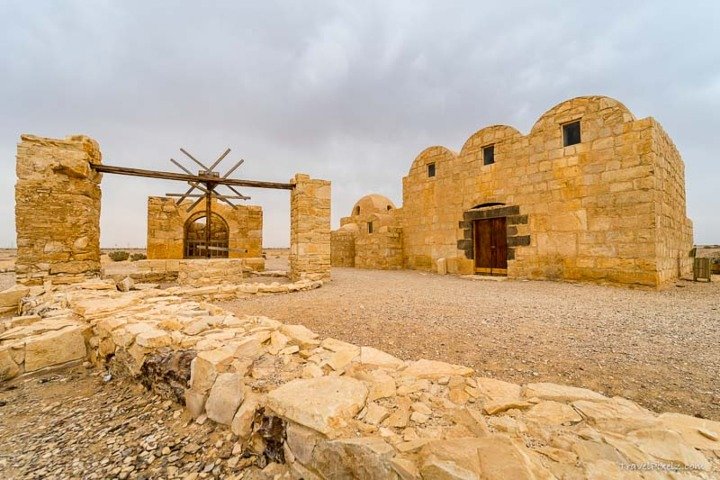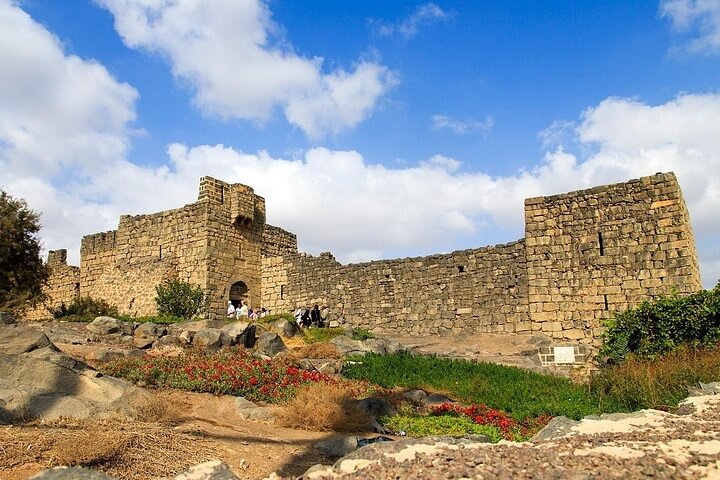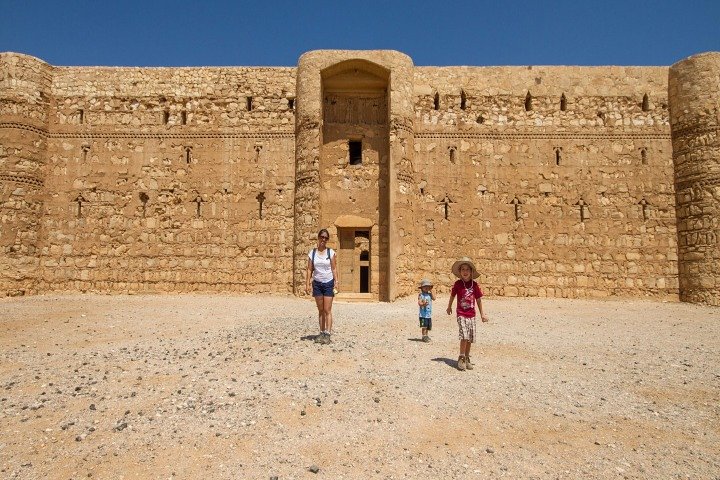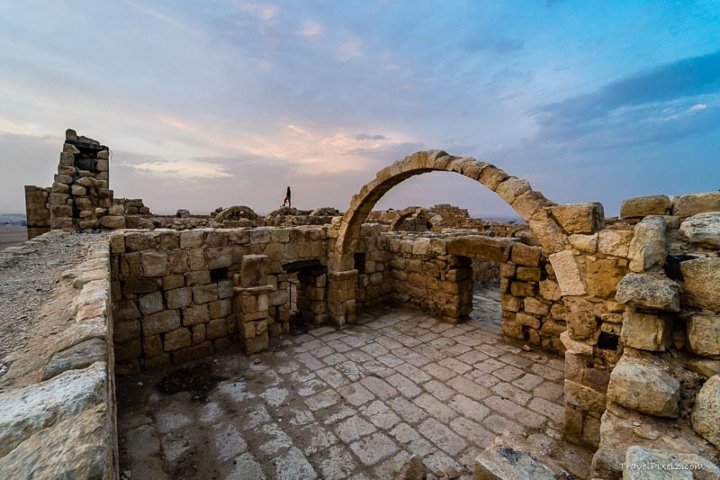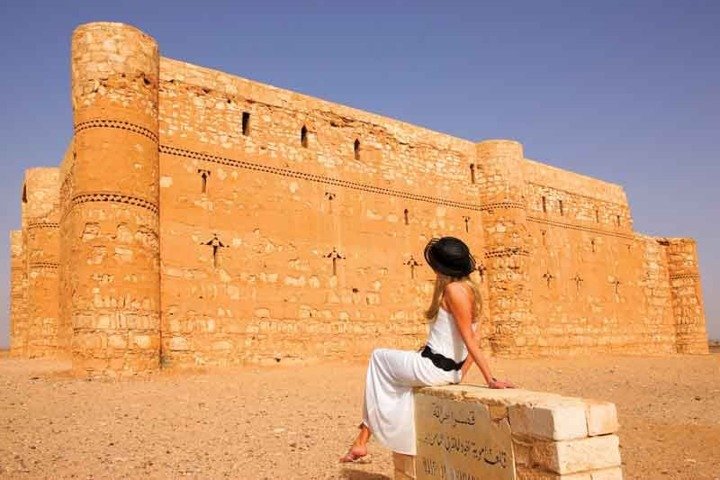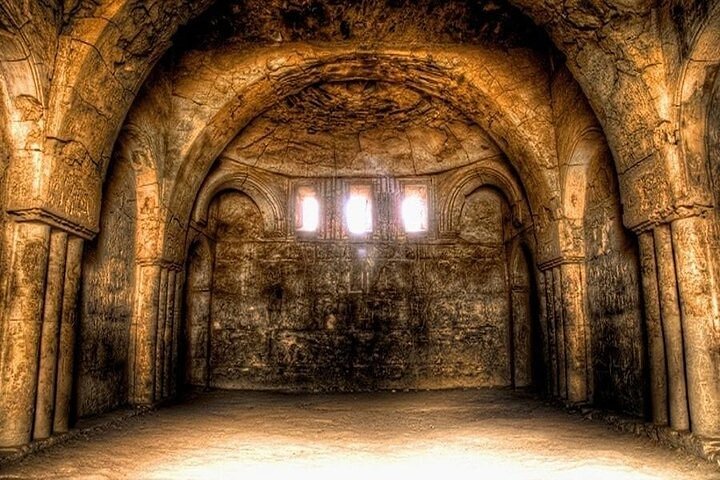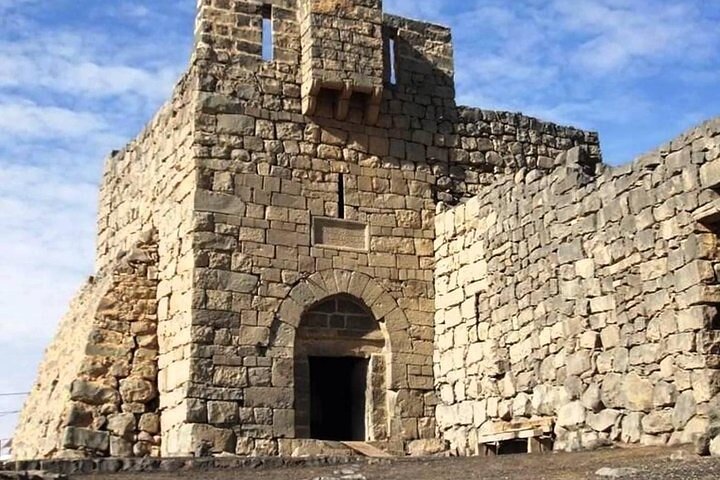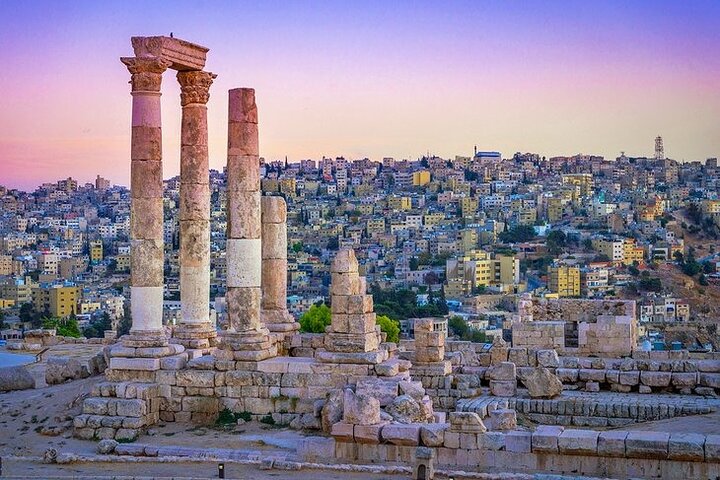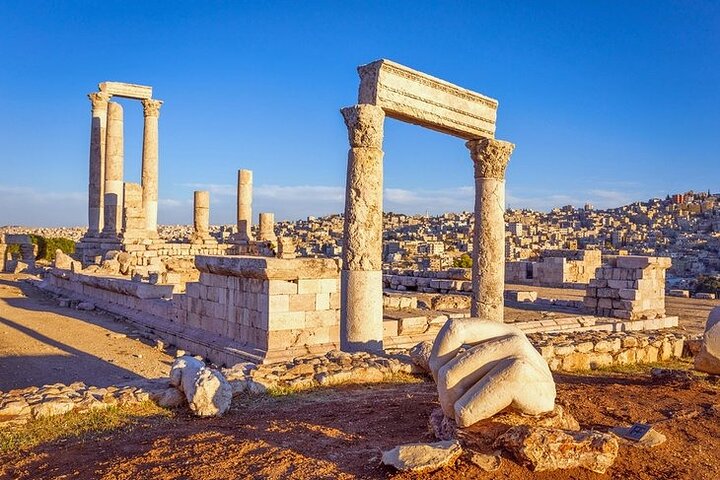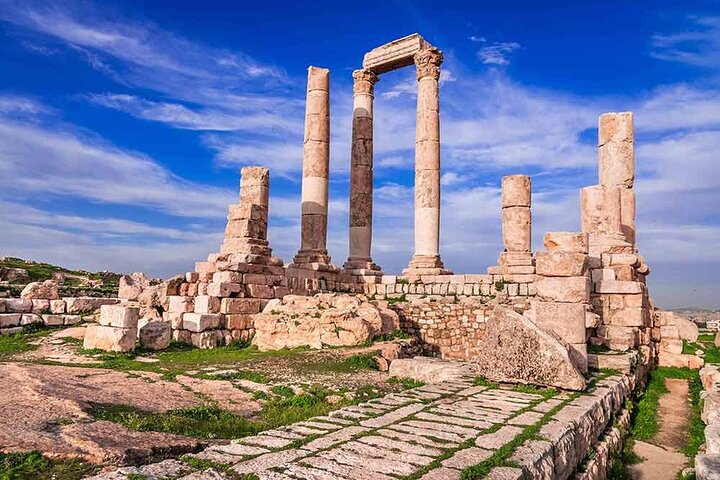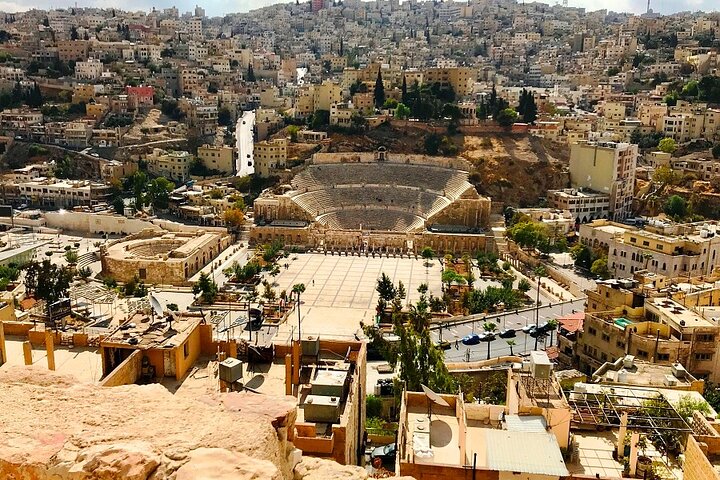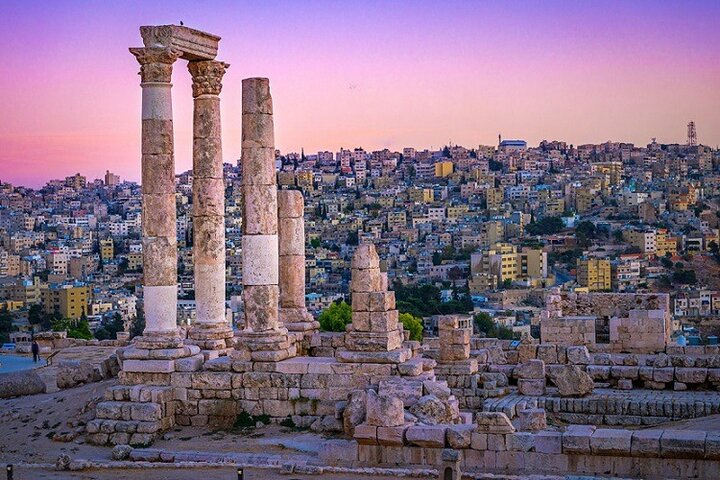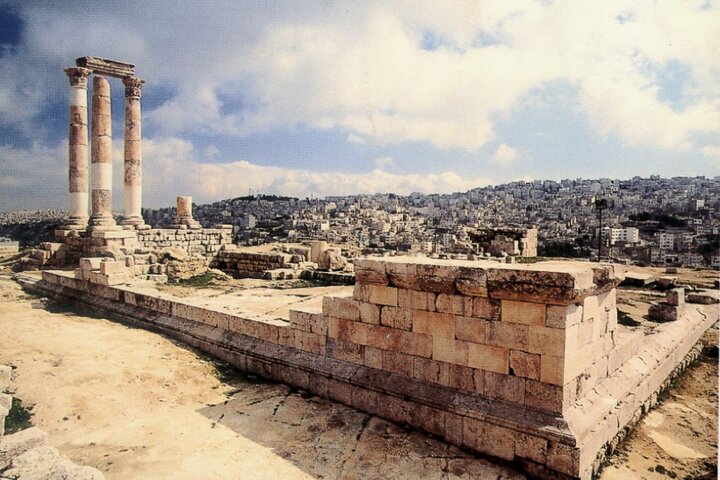A Spiritual Sojourn: Exploring Jordan’s Umayyad Desert Castles
Embark on a spiritual journey through Jordan’s Umayyad Desert Castles, where history and art intertwine to reveal the rich tapestry of the Islamic world. Discover the stories etched into the walls of Qasr Amra and Qasr al-Kharrana, and experience a profound connection to the past.
A Journey Through Time: The Umayyad Desert Castles
As the sun began its ascent over the horizon, casting a golden hue across the city of Amman, I found myself embarking on a journey that promised to be both enlightening and spiritually enriching. The Umayyad Desert Castles Tour was a pilgrimage of sorts, a chance to delve into the rich tapestry of Jordan’s Islamic art and history. Having spent years immersed in the study of Islamic history, I was eager to witness firsthand the remnants of a bygone era that had shaped the cultural and spiritual landscape of the Middle East.
Our guide, Mansour, greeted us with a warm smile as we set off from the airport, bypassing the bustling city streets and heading straight into the heart of the desert. The decision to begin our tour directly from the airport was a wise one, allowing us to avoid the midday heat and immerse ourselves in the tranquility of the desert landscape. As we journeyed eastward, the cityscape gradually gave way to vast expanses of arid land, a stark yet beautiful reminder of the region’s ancient past.
The Splendor of Qasr Amra
Our first stop was Qasr Amra, a UNESCO World Heritage site renowned for its stunning frescoes and historical significance. As we approached the castle, I was struck by its unassuming exterior, a simple structure that belied the artistic treasures within. Stepping inside, I was transported back to the 8th century, a time when the Umayyad caliphs ruled over a vast empire that stretched from Spain to India.
The walls of Qasr Amra were adorned with intricate frescoes, depicting scenes of hunting, feasting, and revelry. These images, inspired by Persian and Greco-Roman traditions, offered a glimpse into the opulent lifestyle of the Umayyad elite. As I marveled at the artistry, I couldn’t help but reflect on the cultural exchanges that had shaped the Islamic world, a testament to the region’s rich and diverse heritage.
Our guide, Mansour, shared stories of the castle’s history, painting a vivid picture of its past inhabitants and their way of life. His passion for the subject was infectious, and I found myself drawn into the narrative, eager to learn more about the people who had once called this place home.
The Majesty of Qasr al-Kharrana
Leaving Qasr Amra behind, we continued our journey to Qasr al-Kharrana, a fortress that stood proudly amidst the desolate landscape. Unlike Qasr Amra, Qasr al-Kharrana was a more imposing structure, its two-level design a testament to the architectural prowess of its builders. As I explored the castle’s interior, I was struck by the fusion of Mesopotamian, Arabic, and Greek influences, a reflection of the cultural melting pot that was the Umayyad Empire.
The castle’s thick walls and narrow windows spoke of its defensive purpose, yet there was an undeniable elegance to its design. As I wandered through its halls, I imagined the countless travelers who had sought refuge within its walls, their stories etched into the very fabric of the building.
Our time at Qasr al-Kharrana was a poignant reminder of the transient nature of human existence, a theme that resonated deeply with me as I contemplated the passage of time and the enduring legacy of those who came before us. As we made our way back to Amman, I felt a profound sense of connection to the past, a spiritual awakening that had been nurtured by the day’s journey.
In the end, the Umayyad Desert Castles Tour was more than just a sightseeing excursion; it was a pilgrimage of discovery, a chance to connect with the rich history and culture of Jordan. For those seeking to deepen their understanding of the Islamic world, I wholeheartedly recommend this journey into the heart of the desert, where the past and present converge in a tapestry of art, history, and spirituality.




